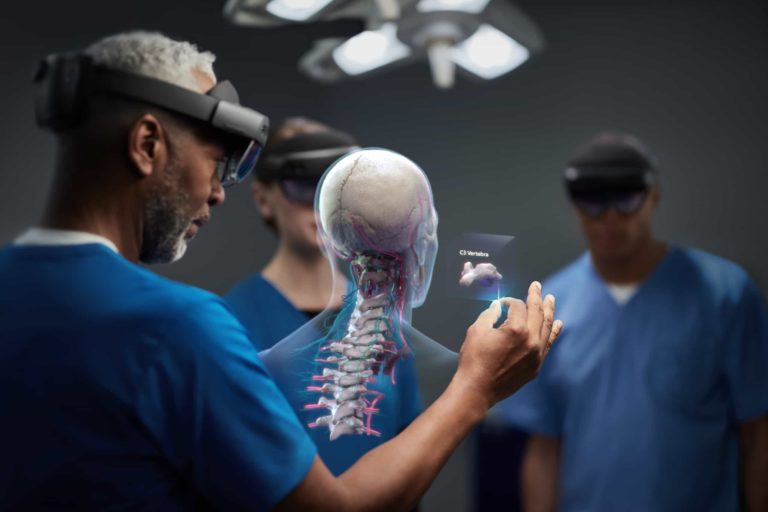
As we enter a new year, it’s time for our annual ritual of synthesizing the lessons from the past twelve months and formulating the outlook for the next twelve. 2022 was an incremental year for AR & VR, which both continue to gradually push forward in gaining mainstream traction.
Highlights include mobile AR engagement & monetization, continued R&D in AR glasses, and the gradual march of VR. Amidst all this, the last year was also defined by the continued and irrational rise of metaverse mania. The hype machine is still in high gear, generating lots of vapor.
So where is spatial computing, and where is it headed? Aligned with the annual predictions of our research arm, ARtillery Intelligence, we’ve devised 5 predictions for 2023. We’ll break them down periodically on AR Insider, continuing here with prediction 3: Mixed Results in a Downturn.
Mixed Reality… Mixed Results
As the economy continues to slide, a question looms over the AR and VR sectors: will a downturn hurt the industry? The answer is mixed, as the ”spatial spectrum” isn’t a monolith. It contains several sectors and subsectors at various lifecycle stages and supply/demand dynamics.
For example, consumer VR could suffer given that its sales are based on discretionary consumer spending. The relatively low demand and high price elasticity for VR were already unfavorable levels. Throw in a cutback in aggregate consumer spending and sales will suffer.
Meanwhile, other areas could go in the other direction and benefit, such as enterprise AR. AR enables companies to be more effective with less headcount using things like remote line-of-sight support in assembly and maintenance. This helps placeshift scarce subject matter experts.
Beyond an economic downturn, this value proposition has already gotten the chance to shine, given the enterprise need to maintain productivity while supporting remote work in the Covid Era. Going back further, a surge of retiring baby boomer generation has caused a skills gap.
AR has already begun to fill that gap by placeshifting remaining subject matter experts through remote “see what I see” support. Meanwhile, VR can support the optimal transfer of institutional knowledge through immersive training. These needs are resurfacing in the “great resignation.”
Exception to the Rule
Another area that could paradoxically benefit in an economic downturn is AR marketing. We say “paradoxically” because economic downturns usually aren’t kind to ad-supported media. It’s a classic recession-prone spending category that’s often first to go in budget cuts.
However, AR marketing could be an exception to the rule in 2023. Though brand ad budgets decline during downturns, such periods tend to favor emerging and performance-based formats. This happens as brands and agencies are pressured to rethink their advertising and media mix.
The winners of these stages tend to be newer ad formats as these entities are open to experiment. Losers conversely are legacy formats. But the key term above is “performance-based,” and AR fortunately carries that attribute, validated in ongoing campaign case studies.
In fact, we’ve seen this movie before. There was an inflection in search ad spend following the dot-com bust. The same thing happened with social ads following the late 2000’s financial crisis. AR marketing could be this decade’s version, reaching $8.2 billion in revenue this year.
We’ll pause there and circle back in the next installment with another prediction…






